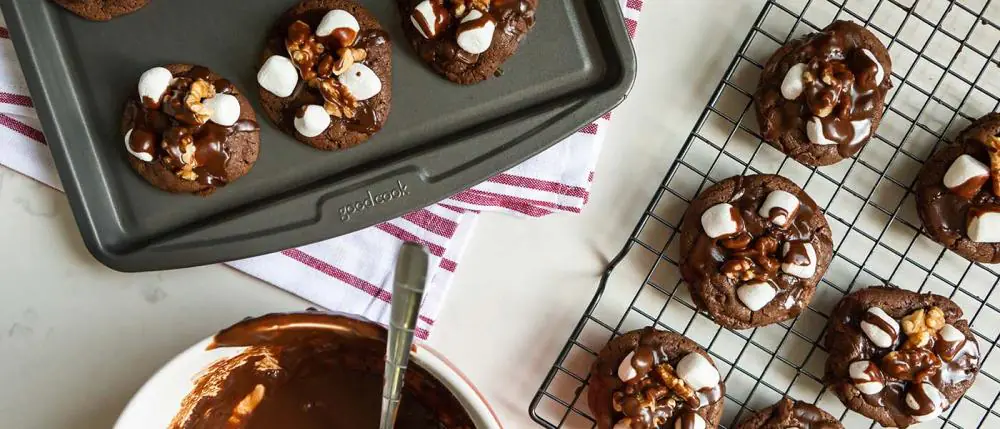When it comes to bakeware, choosing a suitable material is crucial. With non-stick and traditional bakeware gaining popularity in the culinary scene, evaluating which baking pans are best for your cooking needs is essential.
Non-stick baking pans are famous for their convenience and easy food release. They also require less fat and promote healthy cooking habits. However, they are susceptible to damage from high temperatures and require gentle handling.

Health and Safety
Traditional bakeware, made from metals like stainless steel and cast iron, is an excellent choice for health-conscious consumers. This material is resistant to degradation at high temperatures and doesn’t leach chemicals into food.
On the other hand, non-stick bakeware is made from Teflon or plastic, which may release toxic fumes when heated.
Choosing traditional bakeware with no non-stick coating eliminates this risk and is more durable. This type of bakeware can also be used for a wider variety of cooking techniques and recipes without the need to grease the baking surface.
Cost
For those prioritizing convenience and effortless food release, non-stick bakeware is a no-brainer.
On the other hand, traditional bakeware is a safe and reliable choice. But be aware that these pieces will require more frequent greasing to prevent food from sticking and may also not withstand high temperatures.
If you’re seeking a secure and cutting-edge replacement for conventional baking pans, look at GoodCook cookware and bakeware.
Performance and Durability
Stainless steel bakeware, cast iron cookware, and silicone bakeware are among the best choices for non-toxic bakeware. These materials are not reactive and don’t leach toxic substances like PFOA or PTFE into food when heated to high temperatures.
When choosing bakeware, consider the safety of the material as well as its durability and versatility. For example, glass bakeware is a good option for home cooks as it can be used to bake, roast, and freeze foods. Additionally, it is lightweight and scratch-resistant.
Aesthetics and Functionality
Traditional bakeware is made of ceramic, glass, metal, or silicone. Ceramics and glass are non-toxic, and silicone is a new option that has become popular. Silicone is an inert material that doesn’t react with food and can withstand high temperatures. It also is non-stick and dishwasher safe, making it easy to clean.
Metals such as aluminum and stainless steel are durable and hold heat well. They don’t rust, but they can be heavy and may need to be weighed down with weight when baking in large amounts. They tend to be less flexible than glass and plastic.